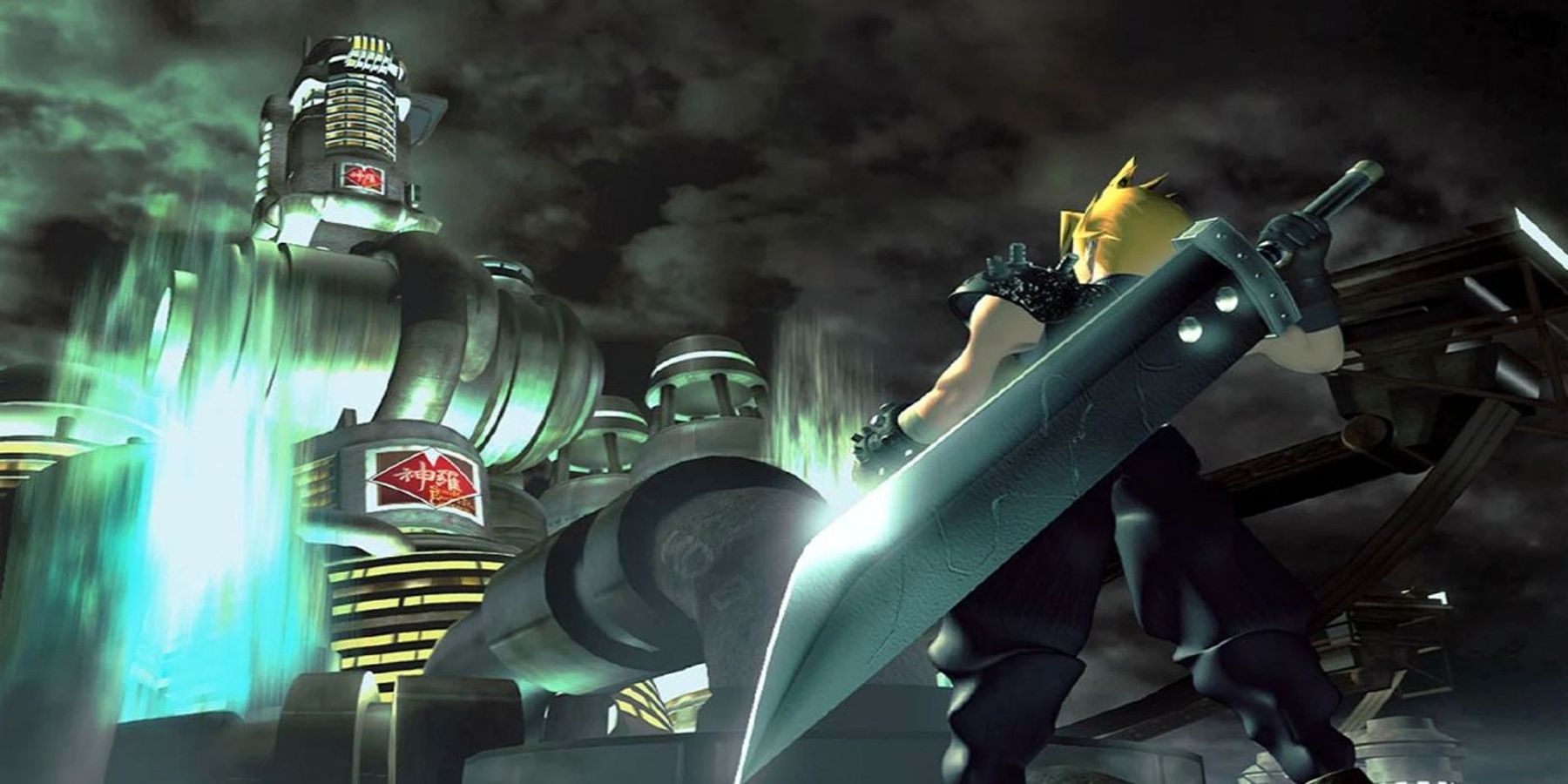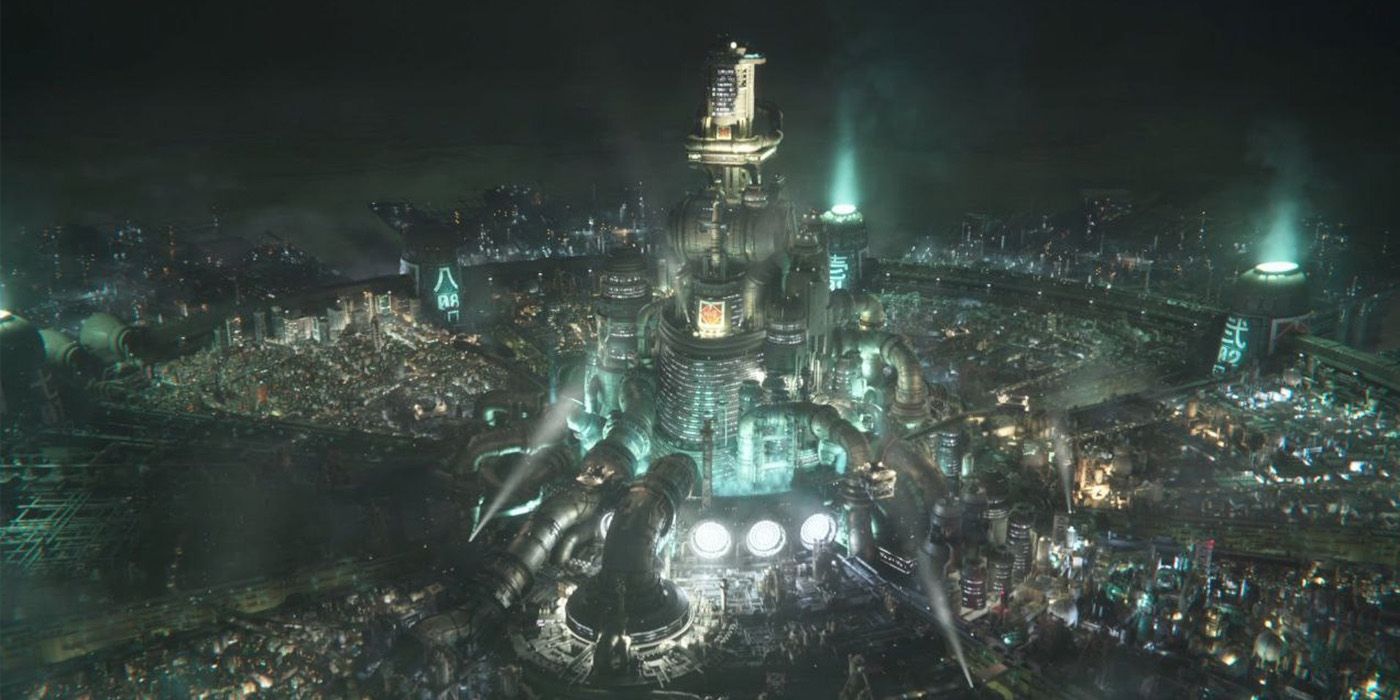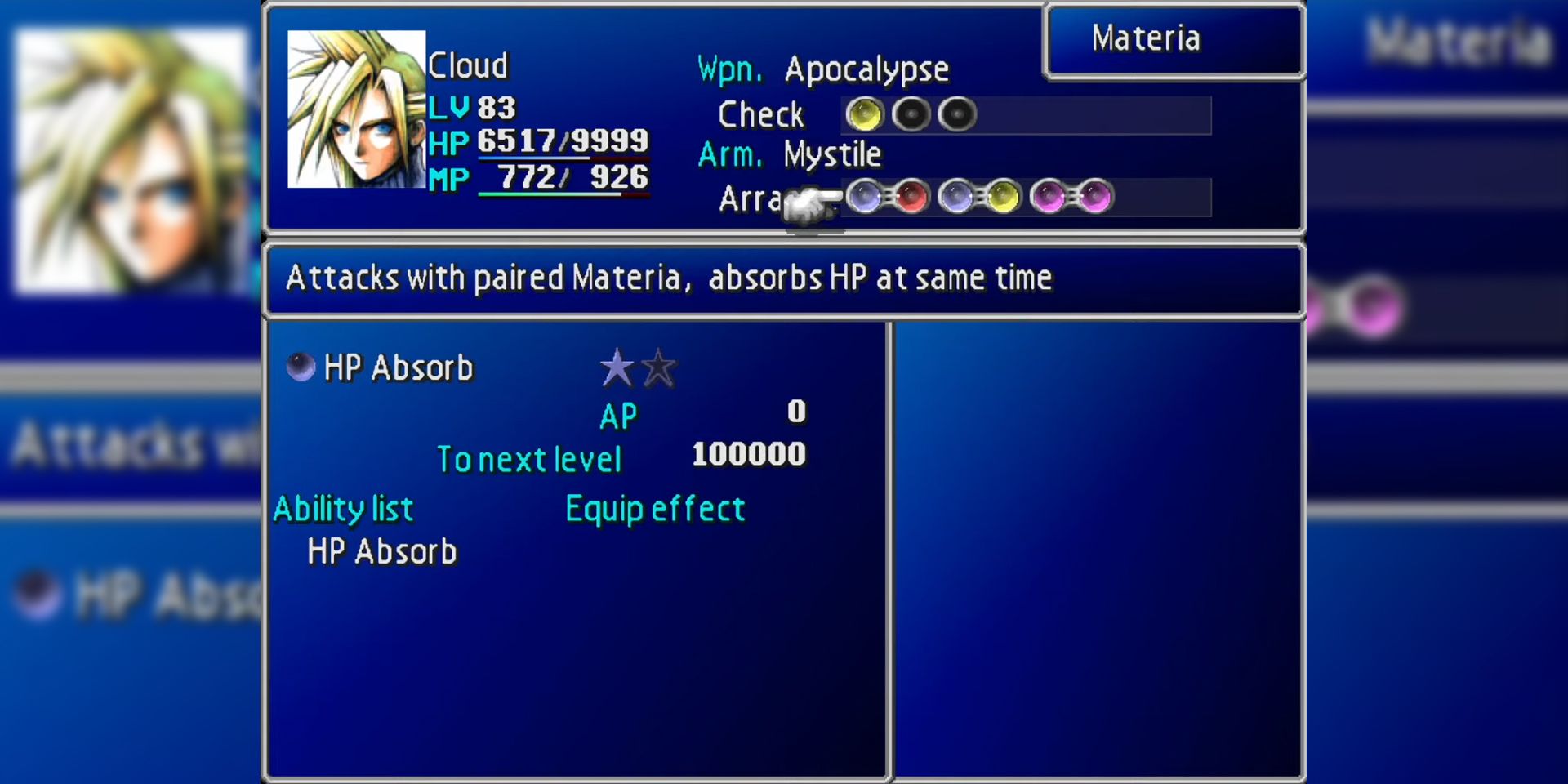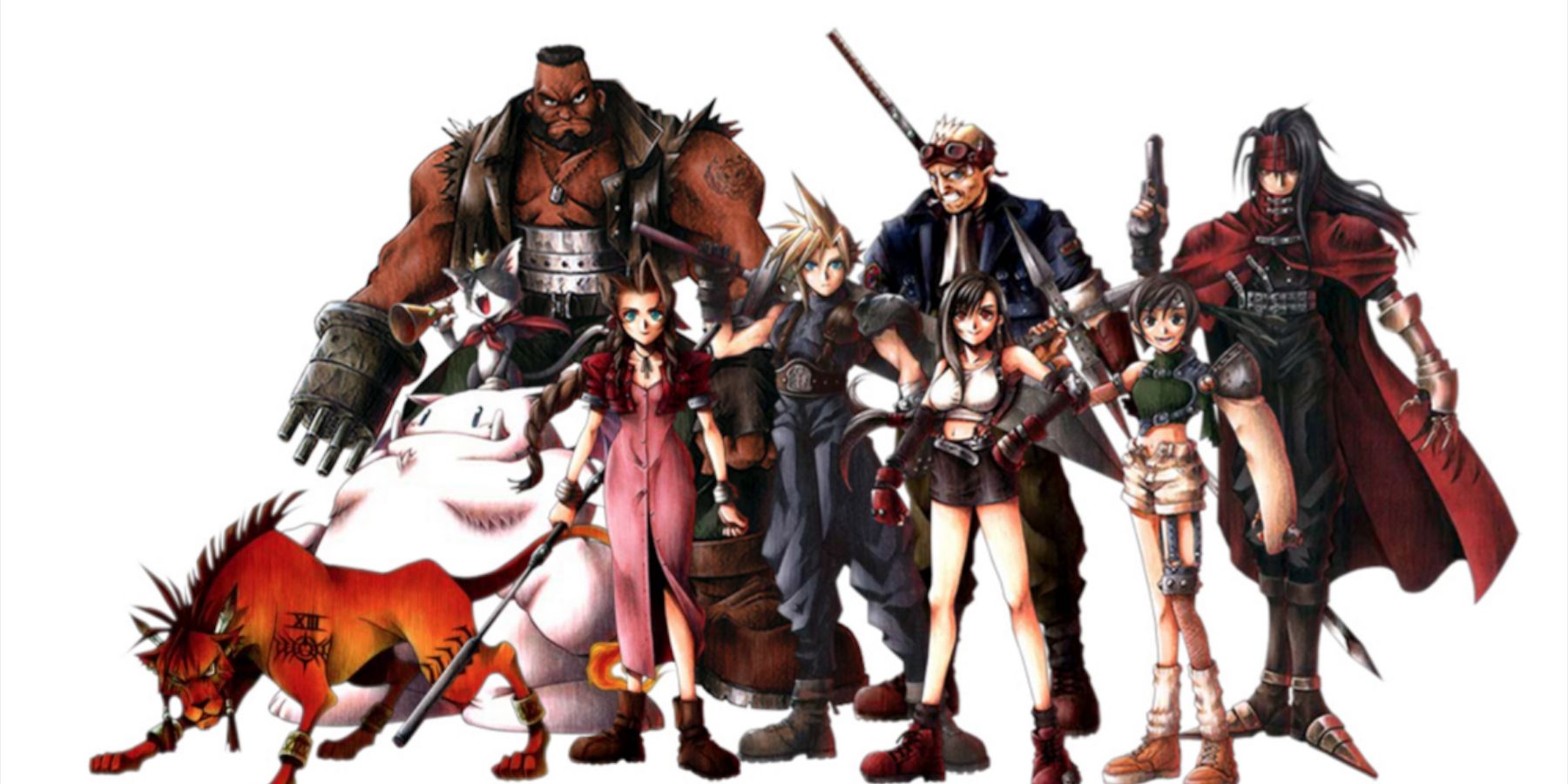It's been more than 25 years since the original Final Fantasy 7 released, and Final Fantasy 7 Remake has renewed many people's excitement about the franchise. Final Fantasy 7 was a monumental title, a game that pushed the boundaries of storytelling and captured the imaginations of those who played it. It can be difficult to imagine that now when revisiting the original, however: blocky characters, turn-based combat, and corny dialogue date the entry. Yet for the most part, the original title still holds up, whether it's on PC, the Switch, or the original PlayStation.
Spin-offs of Final Fantasy 7 have done great work developing its universe. The Advent Children movie redeemed Final Fantasy: The Spirits Within, Dirge of Cerberus dipped its toes into the shooter genre, and Crisis Core helped fill in the blanks of Zack's story. But for all the success these titles warrant, they owe a great debt to the original Final Fantasy 7. The world of Gaia and all of its characters made such an impression on audiences that they have remained at the forefront of gaming for more than two decades. The original Final Fantasy 7 was able to accomplish this despite technological limitations of the time.
Final Fantasy 7's World Design
While some players see set camera angles as dated design, this approach to how players perceive the world of Final Fantasy 7 is a vital part of what makes it work. Each screen has been laid out such that items and other important objects aren't visible but can still be found. Consequently, players have to decide whether they want to risk more exploration at the cost of potential random battles. This trade-off between exploration and combat elevates the tension of a JRPG's otherwise static gameplay. Branching on-screen paths also make players question whether the item they ended up with is good enough, or whether it's worth backtracking for the item at the end of another path.
All of this plays out in front of gorgeous, pre-rendered backgrounds. This was a necessity to free up as much storage space as possible, but even so Final Fantasy 7 had a file size of 1.7 GB - an outrageously large file for the time. The designers still managed to create some of the most iconic imagery in gaming; many players can remember vividly bird-eye views of Midgar. The level of detail captured by the pre-rendered backgrounds helps craft a mystery surrounding the world of Final Fantasy 7's Gaia, and can't quite be replicated by 3D renders.
Materia's Role in Final Fantasy 7
One of Final Fantasy 7's biggest innovations came from the introduction of Materia. Whereas in previous titles players could only change their characters' loadouts, Materia added another layer of customization and experimentation. Players could not only change their characters' weapons and armor, but Materia also let them modify the effects and elemental affinities of that equipment. It's a deceptively simple system that is still viable in Final Fantasy 7 Remake.
Materia prompts the players to experiment and interact with the game's mechanics. Some enemies are weak to the expected elemental Materia, but others could be felled with unexpected Materia. In a time before the Internet, when video game secrets were largely spread through word of mouth, discovering new effects of different Materia was exciting - especially against one of Final Fantasy 7's harder bosses. Moreover, each weapons' static Materia slots were designed to balance each weapon: a more powerful weapon received less useful Materia slots and vice versa. This, along with stat reductions, created an intuitive and balanced battle system.
The Characters of Final Fantasy 7
If nothing else, one of Final Fantasy 7's defining aspects - and probably why it's still so popular all these years later - is its characters. The original game had a clear focus on its relatively small roster of nine characters. Its story didn't bother to delve into Jessie, Johnny, Leslie, Chocobo Sam, or other minor characters; the spotlight was always on the main cast and their interactions with side characters. Players never had the chance to grow sick of Final Fantasy 7's side quests characters. As soon as they met a side character, they learned of their backstory, resolved their problems, and continued with the main adventure.
Furthermore, recruiting two of the game's playable characters is completely optional. Yuffie and Vincent lent themselves to the game's mystery since people could complete the main quest without even knowing they existed. With more recent games, players are often led to optional content with waypoints, objective markers, and quest logs. In the original Final Fantasy 7, players had to explore and investigate to unlock characters through dialogue options and optional bosses.
Revisiting retro games can change someone's perspective entirely. Some childhood favorites could end up being mediocre when played as an adult. Final Fantasy 7, however, has a demonstrably formidable staying power. Its universe has inspired a slew of side stories and remakes, but the original still maintains the charm that many fell in love with all those years ago. No matter how large the Final Fantasy 7 universe gets, whether players started with Dirge of Cerberus or First Soldier, it's never too late to go back and see where it all started.




